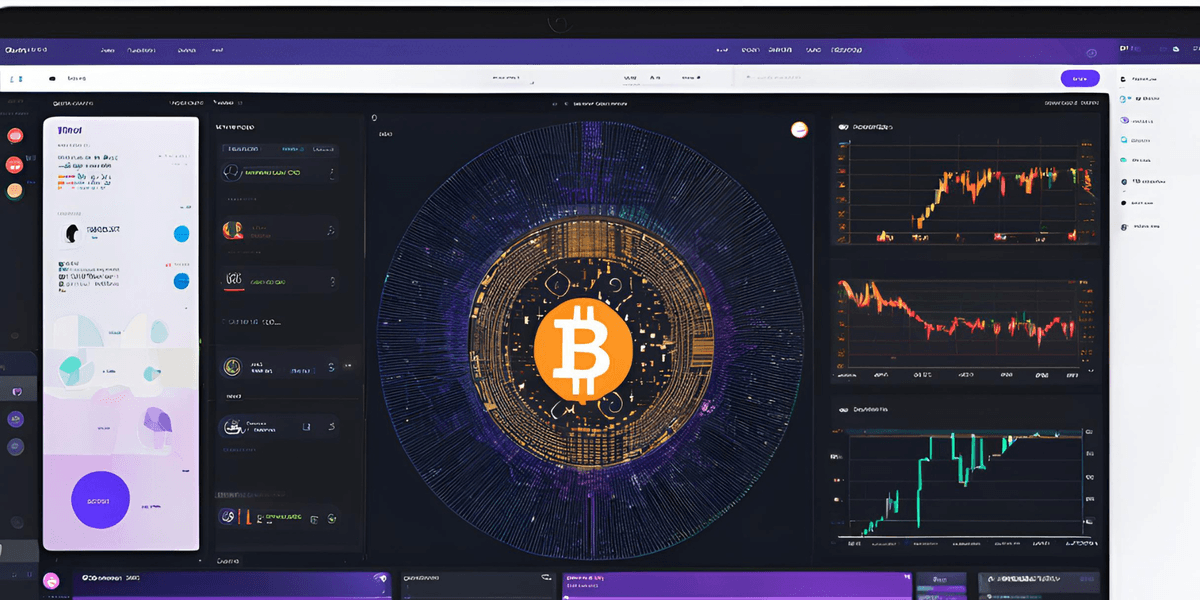
Top Programming Languages for AI and Web Development in 2025

Safia Ansari
08 Dec 2024 - 03 Mins read
The year 2025 marks a transformative era in technology, with advancements in AI, web development, and blockchain solutions driving the digital landscape forward. Choosing the right programming language is critical for developers aiming to build cutting-edge applications in these domains. This blog compares the most popular programming languages for AI models, web apps, and blockchain solutions, helping you make an informed decision for your next project.
1. Python: The AI Powerhouse
Python continues to dominate the field of artificial intelligence and machine learning, thanks to its simplicity, vast libraries, and active community.
Why Choose Python for AI?
1. Rich Libraries: Frameworks like TensorFlow, PyTorch, and Scikit-learn make Python ideal for AI and ML development.
2. Versatility: Python excels in data analysis, natural language processing (NLP), and deep learning.
3. Community Support: A large developer community ensures continuous innovation and abundant resources for problem-solving.
Python is also a strong contender for web development, with frameworks like Django and Flask enabling the creation of scalable and secure applications.
2. JavaScript: The Backbone of Web Development
JavaScript remains the most widely used language for web app development, powering everything from frontend interfaces to backend servers with frameworks like Node.js.
Why Choose JavaScript for Web Development?
1. Frontend Dominance: Libraries like React.js, Angular, and Vue.js make JavaScript indispensable for creating dynamic and responsive user interfaces.
2. Backend Flexibility: With Node.js, JavaScript extends to server-side development, enabling full-stack solutions.
3. Integration with Blockchain: JavaScript is often used in creating decentralized applications (dApps) and interacting with blockchain networks through libraries like Web3.js.
In 2025, JavaScript’s versatility continues to make it a top choice for building web applications and blockchain interfaces.
3. Solidity: The Language of Blockchain
Solidity is the go-to language for blockchain development, particularly for creating and deploying smart contracts on platforms like Ethereum.
Why Choose Solidity for Blockchain?
1. Smart Contracts: Solidity is purpose-built for writing contracts that automate transactions on blockchain networks.
2. Interoperability: It integrates seamlessly with Ethereum-based platforms and other EVM-compatible blockchains.
3. Growing Ecosystem: As blockchain adoption increases, Solidity remains essential for developers building decentralized finance (DeFi) platforms, NFT marketplaces, and dApps.
With the rise of blockchain in 2025, Solidity is a must-learn language for developers in the crypto space.
4. Java: The Enterprise Favorite
Java is a long-standing favorite for enterprise applications, offering scalability, security, and robust performance. It is also gaining traction in AI development.
Why Choose Java?
1. Scalability: Java is perfect for large-scale applications, making it a popular choice for enterprise AI solutions.
2. Frameworks: Tools like Spring Boot simplify web application development.
3. Portability: Java’s “write once, run anywhere” philosophy ensures compatibility across multiple platforms.
Its integration with AI frameworks like DL4J (Deep Learning for Java) makes Java a versatile option for developers.
5. Rust: The Rising Star in Blockchain and Web Development
Rust is gaining attention for its performance, safety, and concurrency, making it ideal for blockchain and backend web development.
Why Choose Rust?
1. High Performance: Rust’s memory safety and zero-cost abstractions make it ideal for high-performance blockchain applications.
2. WebAssembly Support: Rust is a preferred language for creating WebAssembly (Wasm) modules, enabling fast, portable web applications.
3. Security: Its focus on eliminating bugs and vulnerabilities aligns with the needs of secure blockchain development.
Rust is a language to watch in 2025, especially for developers looking to push the boundaries of blockchain technology.
Conclusion
The choice of a programming language depends on the project’s requirements and goals. Python leads in AI and ML applications, JavaScript dominates web development, and Solidity is the cornerstone of blockchain development. For enterprise-grade solutions, Java remains a reliable option, while Rust is carving its niche in blockchain and secure web applications.
As technology evolves, mastering these languages ensures you stay ahead in the competitive fields of AI, web development, and blockchain.

